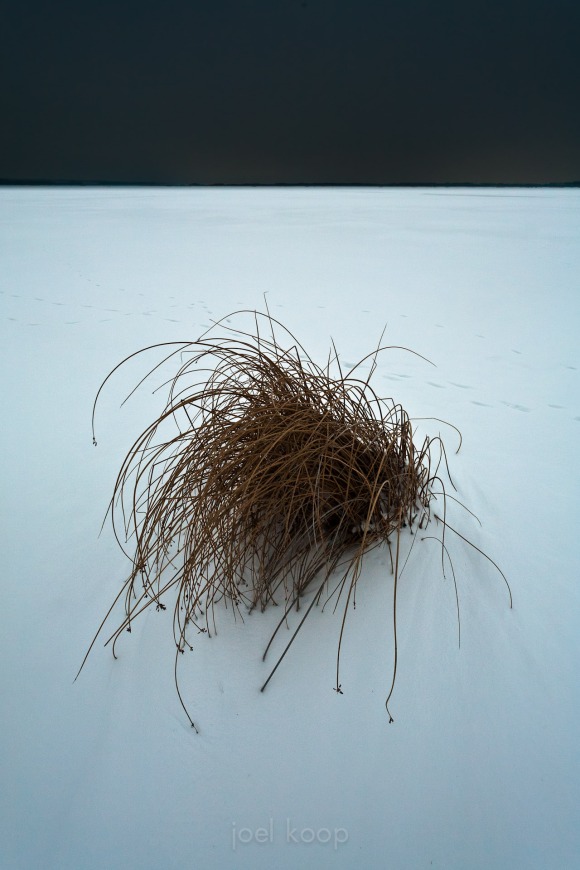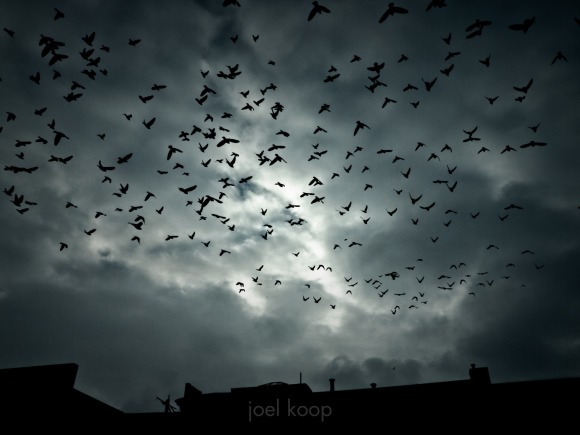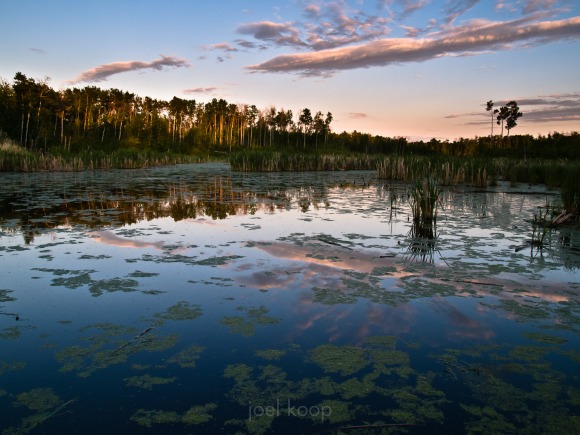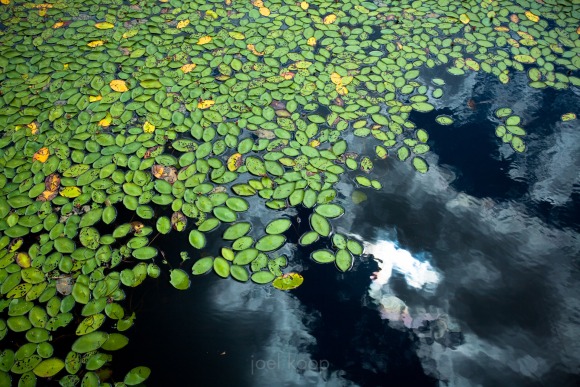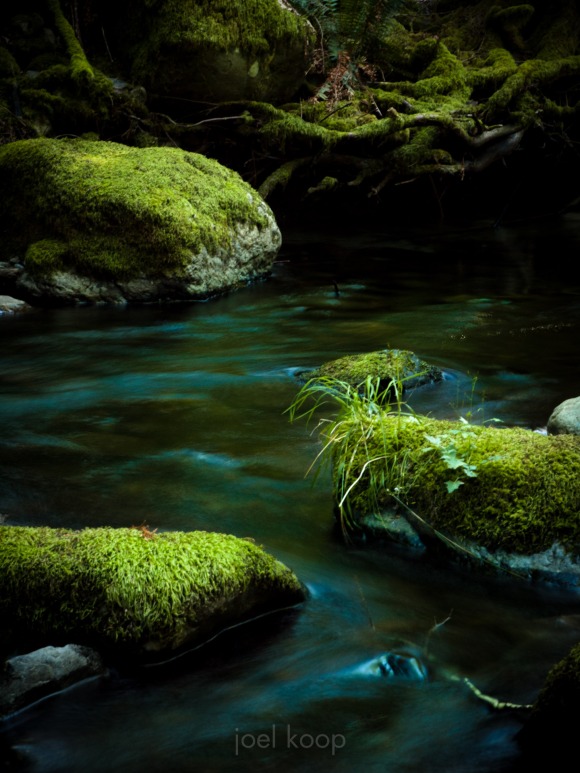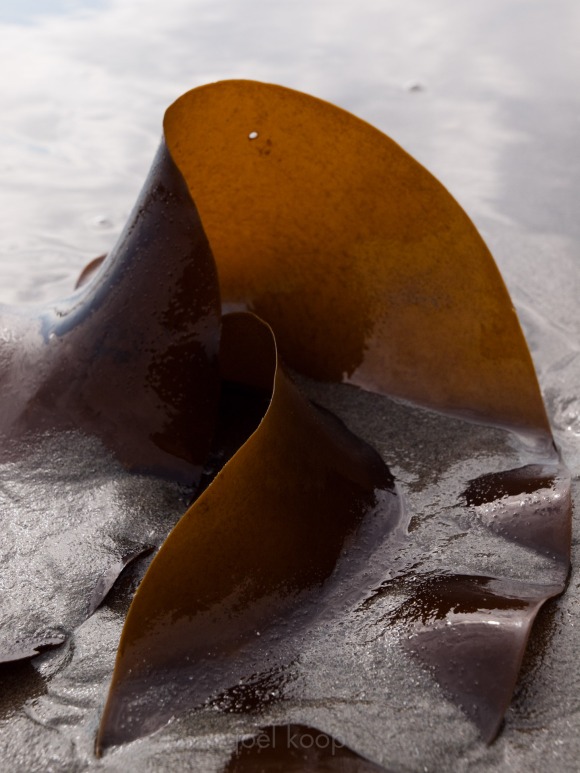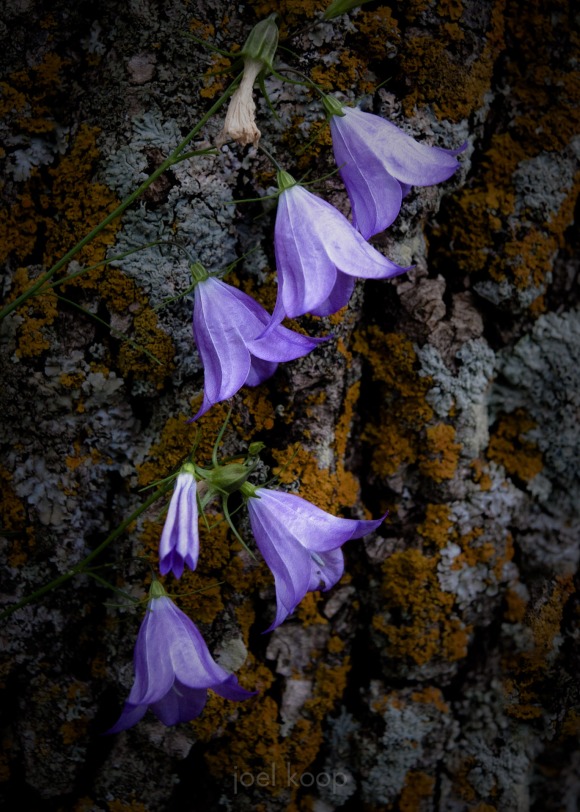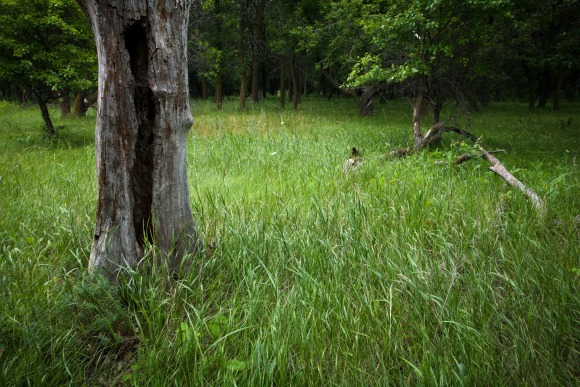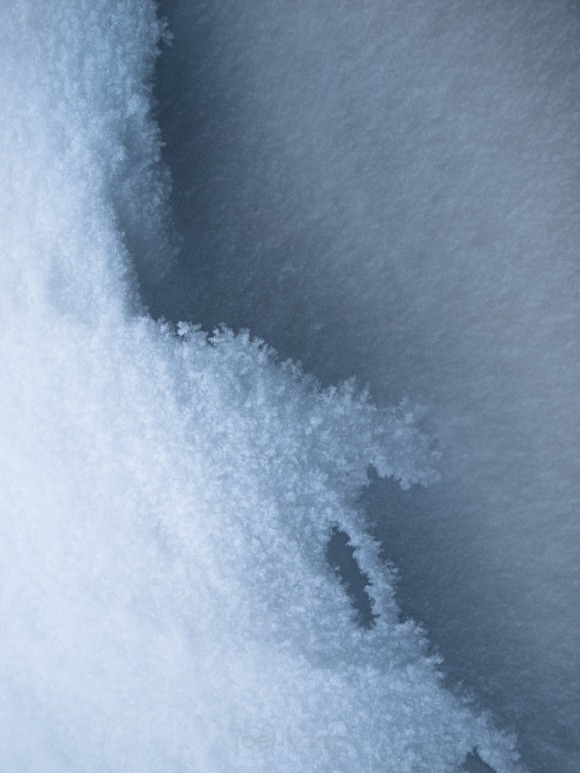Taken at Panther Falls about a month ago as the sun was coming up. For the curious, there were no color alterations done to this photo – just boosted the shadows a bit and took down the highlights to even out the exposure. This is a good example of different white balances in one photo. It can be a huge problem when photographing people, or it can look really awesome to get some complimentary colours in nature photos from an otherwise pretty colourless scene.
Category: Photo of the Day
The Purpose of Parks
Lois Hole Centennial Provincial Park was created in 2005 just north-west of Edmonton. In fact, it’s almost in the city. Cars are constantly driving by and industial buildings are quite close. The park is hard to get to, except for one wildlife viewing platform on the east end of the lake. Not sure if this is the result of wildlife conservation and not wanting people to disturb this area or if it is just poor planning. On the north side of the lake there is a road that goes in, but it is a gated private road going to oil wells.
I’m pretty annoyed at the park actually. I think parks should either be for the public or for the wildlife. This park seems like it’s for corporate interests trying to look conservationy and not succeeding. There are huge power lines going through it, traffic going all around it, private oil wells in it.
Taken a few days ago on Big Lake.
Spooky Bird Photography
Landscape Light 2
Often sunrises and sunsets are the best light. This light is more unusual, so it adds interest to a scene, as long as the light is not competing with other elements of your composition. I often feel like sunrises or sunsets are bandages though – something to fix an otherwise boring scene. So if you’re taking a photo of a sunrise or sunset, make sure you consider the composition as well, and what makes the foreground interesting.
Taken at sunset in Cooking Lake Rec Area last summer.
Landscape Light
People often say that direct sunlight in the middle of the day is not acceptable light for landscapes. There’s a small bit of truth to that, but don’t let that stop you from taking awesome pictures. When the light is contrasty, look for things to shoot that look good with that amount of contrast, or things that create interesting shadows. When there are clouds, look at the shapes of the clouds and look at the subtle details brought out by the soft light. All light (and lack of light) is good to shoot in, you just have to look at things differently and be aware of the light.
I’m not the guy who waits for 8 hours for the right light for a scene picked out days in advance. I’m too impatient and there’s too much to see. In that 8 hours I would have missed twenty different compositions that were perfect for the light at the time. Don’t get me wrong, being at the right place at the right time is a beautiful thing. I’m just not often willing to sacrifice a day of exploring for one good photo. Maybe someday I’ll grow up and calm down.
Shot in Whiteshell Provincial Park, Manitoba at 1:45 in the afternoon.
Small Mossy Creek
Art of the Day
Some people feel really strongly about this, so here it is – this is photo art (as opposed to a photograph). I don’t normally do a lot of processing on my photos (except in previously mentioned dust nightmares). This one felt like it needed a little more to take it a little further from reality. Because really who wants to look at slimy seaweed? So I played with the colors a bit. Honestly this is still less processing than you see in any fashion shoot, magazine cover, etc.
My goal (and the goal of most artists) is to create beauty, not to use any one process, be it film, photoshop, or paint.
Taken on China Beach, Vancouver Island last summer.
And the original. Hopefully this doesn’t ruin the above for everyone.
Harebells and Forest Lanscapes
In the interests of geographical diversity, today’s photo is from Morden, MB. I went for a great hike with my family around Lake Minnewasta this past summer. For those who have not been here, the park is very nice for people who like the resorty villages, but the trail is absolutely beautiful. These are harebells (Campanula rotundifolia — as opposed to the hairy flowers like this which are bluebells) against a lichen covered tree trunk.
As I was getting this photo ready for the post today I kept having problems. I like the photo – the complimentary purple and orange, the contrasting textures, the brightness of the flowers. But something didn’t feel quite right. I kept on going back and trying to edit it differently. I think I finally figured out my problem with it, which can’t be fixed with processing – there’s no clear focal point. The eye has so many places to go, but there’s no clear line to follow, no one point to rest at. I was going to scrap the whole post and start again, but I thought you might be interested in my thoughts and processes on how I reject photos I’ve taken.
And now, in the interests of posting a photo I’m actually happy with, here’s one from the same hike.
Harvest Moon
Shots of the moon are hard to get. With a wide angle lens, the moon is a dot in the sky. With a telephoto, you have to make sure your exposure is short enough – the moon actually moves pretty fast. While keeping your exposure short, you still want enough depth of field to keep some detail in the foreground. If the moon is exposed correctly, everything else is too dark, and if everything else is exposed correctly, the moon is completely blown out (although both of these can look good). And then you have the whole chromatic aberration problem unless you have an amazingly expensive lens, because the scene is so high contrast. So I’ve never shown these before. These are not the sharpest photos in the world – I didn’t have the highest quality telephoto lens at the time. But I’m pretty happy with them too. They have a great feeling to them. This was at Cooking Lake Natural Area last year the night of the harvest moon.

